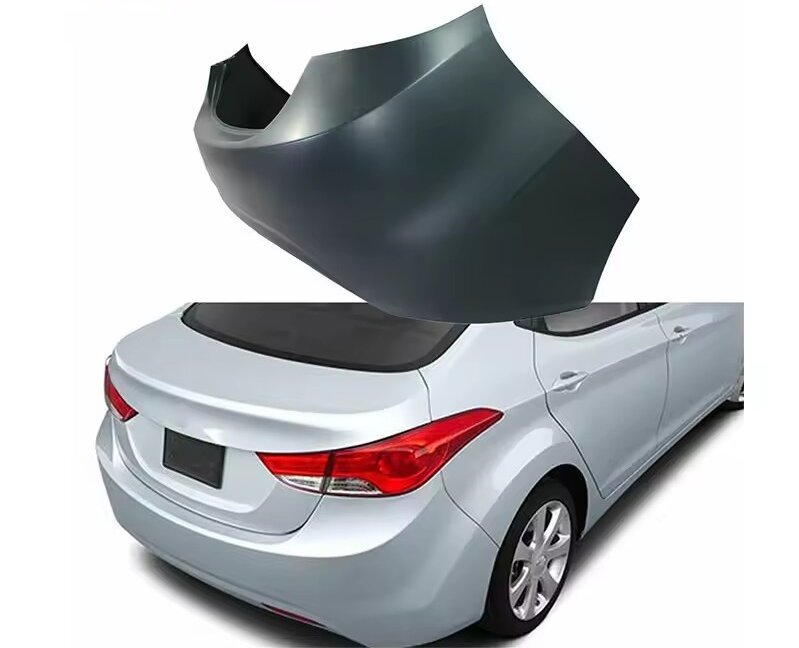Prevent or reduce the severity of injuries in the event of an impending or actual collision. Many studies have been conducted using anthropomorphic crash test dummies.
Seat belts limit occupant forward motion, stretch to absorb energy, prolong the negative acceleration time of occupants in a collision, and reduce the load on the occupant’s body. They prevent occupants from being thrown out of the vehicle and ensure that they are in the correct position for airbag operation.
Airbag inflation cushions the impact of vehicle occupants against various parts of the vehicle. The most important is to prevent the driver’s head from directly impacting the steering wheel and door pillars.
Laminated windshields remain intact during impact, protecting the heads of unbelted passengers from impact and maintaining minimal but sufficient transparency to allow control of the vehicle immediately after a collision. It is also a bonded structural part of the safety cell. Tempered glass side and rear windows shatter into particles with less sharp edges rather than into jagged fragments like ordinary glass.
Crumple zones absorb and dissipate collision forces, moving and transferring them away from the passenger compartment, thereby reducing the negative acceleration impact forces on the vehicle occupants. Vehicles may also include front, rear and even side crumple zones (such as Volvo SIPS).
Safety Cells – The passenger compartment is reinforced with high-strength materials in locations that are subject to high loads in a collision to maintain the survival space of the vehicle’s occupants. Footwell intrusion is one of the recognized failure modes of the safety cell, and anti-intrusion bars are one component that addresses side impact protection.
Collapsible universal joint steering column, as well as steering wheel airbags. The steering system is mounted behind the front axle – behind and protected by the front crumple zone. This reduces the risk and severity of the driver striking or even puncturing the steering column in a frontal collision.
Pedestrian Protection Systems.
Add padding to the vehicle’s dashboard and other interior components and areas that may be struck by occupants in a collision, and carefully position the mounting brackets away from these areas.
Sometimes, in vehicles such as SUVs, station wagons and vans, cargo rails are installed to provide a physical barrier between the passenger compartment and the cargo compartment. This helps prevent passengers from being injured by being struck by unsecured cargo. They also prevent the roof from collapsing if the vehicle rolls over.


